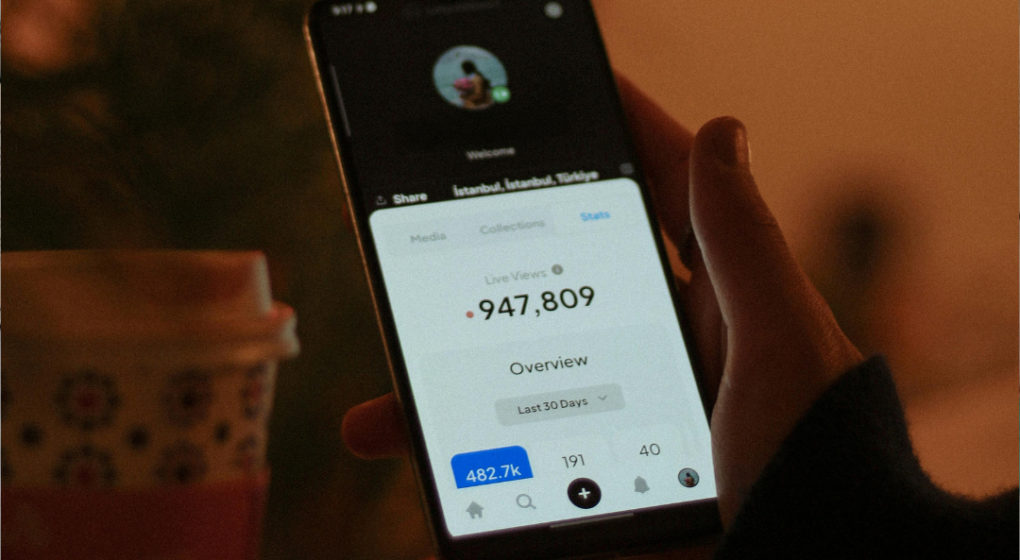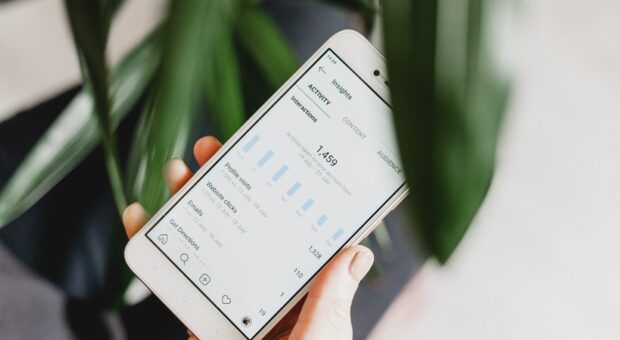
Categories:
Let’s be honest—we’ve all fallen down the social media rabbit hole at one point or another, chasing vanity metrics like they were free tickets to the Eras Tour. The allure of likes, follows, and views can feel validating, almost like a digital pat on the back. But here’s the thing: In the grand scheme of things, not every metric is worth obsessing over. At Ethos | VONT, we’re committed to cutting through the clutter and helping you focus on what truly drives your business. Let’s dive into the world of social media metrics and develop a strategic approach that goes beyond the numbers.
The Strategic Mindset: Using Metrics as a Compass
First things first: Metrics matter—but not all metrics matter equally. Think of social media metrics as a diagnostic tool rather than a simple scoreboard. They’re invaluable for understanding audience behavior patterns, content performance, and overall strategy effectiveness. However, they shouldn’t be the singular measure of success.
The key is understanding that different metrics serve different purposes:
- Brand Awareness Metrics: When you’re focused on expanding your reach and getting eyes on your brand, metrics like reach and impressions become your north star.
- Community Building Metrics: If fostering a loyal community or building brand love is your goal, engagement rates tell a more nuanced story. But dig deeper than surface-level interactions. Look at the type and quality of comments or number of shares.
- Conversion-Focused Metrics: For driving specific actions, click-through rates (CTR) should be a key area of focus.
Generally speaking, there are several key metrics that carry weight across most social media platforms. These universal indicators include engagement, reach and impressions, engagement rate, and click-through rates. Depending on your platform mix, you’ll also want to keep an eye on video views and brand mentions.
But here’s the crucial part—there’s no universal template for success. Each business has unique goals, audiences, and challenges. The key is understanding how these metrics align with your specific objectives and how they vary across different platforms.
Platform-Specific Metrics to Keep Your Eye On
Facebook:
- Engagement Rate: likes, comments, and shares relative to your reach or impressions. It measures how often users are interacting with your content. Engagement rates typically range from 1% to 5%, with percentages above 5% suggesting that your content is effectively connecting with your audience. If your engagement falls below 1%, consider reassessing your content strategy or audience targeting.
- Reach and Impressions: Reach measures the number of unique users that see your content, while impressions count every time your post pops up (even if it’s someone’s second or third time viewing it). As users see content multiple times, especially through ads, impressions inevitably exceed reach. Frequency—the average number of times a person sees an ad—bridges these metrics. A frequency between 1–3 ensures your content reaches audiences while maintaining optimal engagement without overwhelming (or annoying!) your potential viewers.
- Click-Through Rate (CTR): If you’ve got a specific call to action, CTR indicates whether your audience is acting on it—or just scrolling by. The higher the CTR, the more likely your content is striking a chord with your audience.
Instagram:
- Engagement Rate: Likes and comments still matter here, but don’t sleep on DMs, shares, and saves. Actions like DMs, shares, and saves indicate your content connected with users—they’re not just scrolling past, but actively sharing with their friends and family, bookmarking for future reference, or sparking direct conversations. Such meaningful engagement signals to Instagram’s algorithm that your content is high-quality and worth sharing with a broader audience.
- Reach and Impressions: Focus here if your primary goal is getting your content seen by as many people as possible.
- Story Views & Interactions: Swipe-ups, replies, and sticker interactions reveal how immediate and engaging your content is.
- Follower Growth Rate: Focus on quality over quantity. A steady, engaged following is way better than a fast-growing bunch of passive followers, or worse, bots.
TikTok:
- Watch Time & Completion Rate: These metrics indicate how long viewers stick around to watch your content. The higher these metrics are, the better your chance of going viral.
- Viral Coefficient: Think of viral coefficient as a measure of content contagiousness, but in a good way. It tracks how many new users an average TikTok user attracts through sharing. A coefficient above 1 signals exponential growth—each user brings in more than one additional user. The higher the viral coefficient, the more likely users are going to see your content.
- Sound & Trend Participation: TikTok is all about the trends. Getting in on the latest trends and popular sounds is the fastest way to win on the clock app.
LinkedIn:
- Engagement Rate: Engagement rate measures how actively users interact with your content through likes, comments, clicks, and shares relative to impressions. High engagement rates signal that your content isn’t just reaching your audience—it’s resonating with them and sparking meaningful interactions. This metric is invaluable for identifying which content strategies are truly connecting with your professional network.
- Impressions: Impressions measure your content’s total visibility, counting each time your post appears in someone’s feed, including repeat views. Strong impression numbers indicate effective content distribution across LinkedIn’s network and suggest you’re successfully expanding your reach. The current LinkedIn Impression Rate benchmark is 9.50%—use this to gauge your performance.
- Click-Through Rate (CTR): CTR shows you how often people take that crucial next step—clicking your links. It’s like measuring how many window shoppers actually walk into your store. A strong CTR means your content isn’t just interesting, it’s compelling enough to make people want to learn more. This is especially vital when you’re trying to drive traffic to your website or highlight specific offerings.
Shares & DMs: The Hidden Gold Mine
Picture this: You’re scrolling Instagram and stumble upon a meme so painfully accurate you’re practically embarrassed it’s so good. Naturally, you tap that little paper airplane icon and send it to your friends. Now you’re in a full-blown group chat laughing about it.
This is exactly why shares and direct messages have become such valuable metrics. We’re seeing a significant shift in how people interact with content on social media, with more conversations moving to private messages than public feeds and comment sections. When someone takes the time to share your content or discuss it in DMs, it indicates a deeper level of engagement—they’re not just consuming your content, they’re actively advocating for it within their networks.
This shift hasn’t gone unnoticed by the platforms themselves. Instagram, for instance, is actively expanding its DM engagement features to accommodate this trend. As Instagram CEO Adam Mosseri noted, messaging has become “the primary way that people share on Instagram today.” This evolution in user behavior suggests that private sharing metrics, while sometimes harder to track, may be some of the most meaningful indicators of content resonance.
Shares are especially valuable for Instagram visibility because they signal to the algorithm that your content deserves wider distribution. When users share your posts, Instagram interprets this as high-quality content worth recommending to others. This often leads to increased exposure through the Explore page and recommendations, creating potential for viral reach.
Building a Metrics Strategy That Works
Metrics without context is like Maine without the summer—pointless. (Just kidding!) The key to success isn’t just tracking the right metrics—it’s understanding how they fit into your broader business strategy. Start by defining clear objectives, then work backward to identify the metrics that truly matter for your goals. Remember, it’s better to track a few meaningful metrics well than to drown in data that doesn’t drive decisions.
And perhaps most importantly, don’t let metrics overshadow the human element of social media. Behind every number is a real person interacting with your brand. Keep that perspective, and you’ll build not just impressive metrics, but lasting relationships with your audience.
About Ethos
Ethos is a multiplatform branding agency that develops and executes integrated marketing campaigns across multiple channels for companies inside and outside of Maine. At Ethos, we believe that the most effective way to set a company’s marketing course is by finding its core truth – its ethos. We know that once we discover and communicate that core truth, we can truly make a difference for each client’s unique marketing and business objectives. With Ethos, you get more than a marketing agency. You get a long-term partner whose goals are your goals. Learn more about the Ethos approach and the work we’ve done for our clients. Want to have a conversation about your brand’s core truth? Contact us today!


